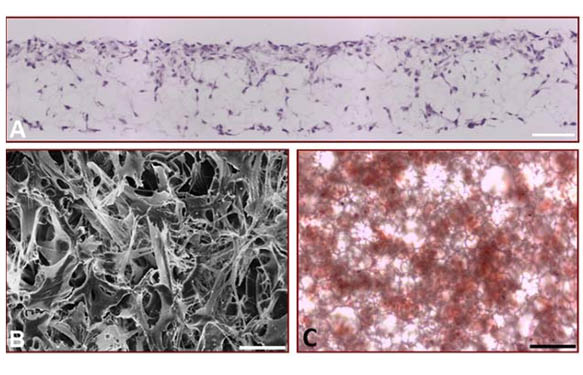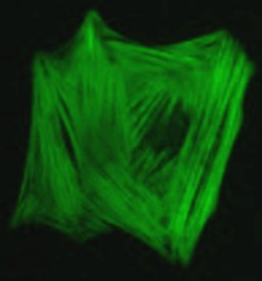The zebrafish (Danio rerio) is a common vertebrate model organism in scientific research for studying vertebrate development, gene function, and regenerative abilities. Interestingly, this convenient model is compatible with large-scale genetic analysis for developmental & regenerative biology, oncology, environment & toxicology, neurobiology…
Analysis of protein expression and localization by zebrafish immunostaining (IHC and IF), in sections or whole-mount preparations (IHC-Wm), is easy to perform with zebrafish research primary antibodies. However, to further sharpen the signal-to-noise ratio for each antibody requires tedious protocol optimization. 
Nevertheless, there is a very simple tip to optimize IHC-Wm results. This simple (but efficient) optimization is based on “a heating step”, in accordance with a report by Inoue D. and Wittbrodt J. for fluorescent immunostaining.
Follow this tip for optimized Zebrafish Immunostaining
- Fixation & rehydration
- Heat samples in Tris-HCl buffer (150mM, pH9.0) at 70o°C for 15min
- Permeabilization & subsequent immunostaining
This optimization is incorporated into Genetex’s standard zebrafish protocol. This heating step significantly enhances signal strength via efficient antigen retrieval and is widely applicable to conventional zebrafish immunostaining.
What about you?
Which tips or tricks would you recommend to fellow researchers also working on the zebrafish model?



